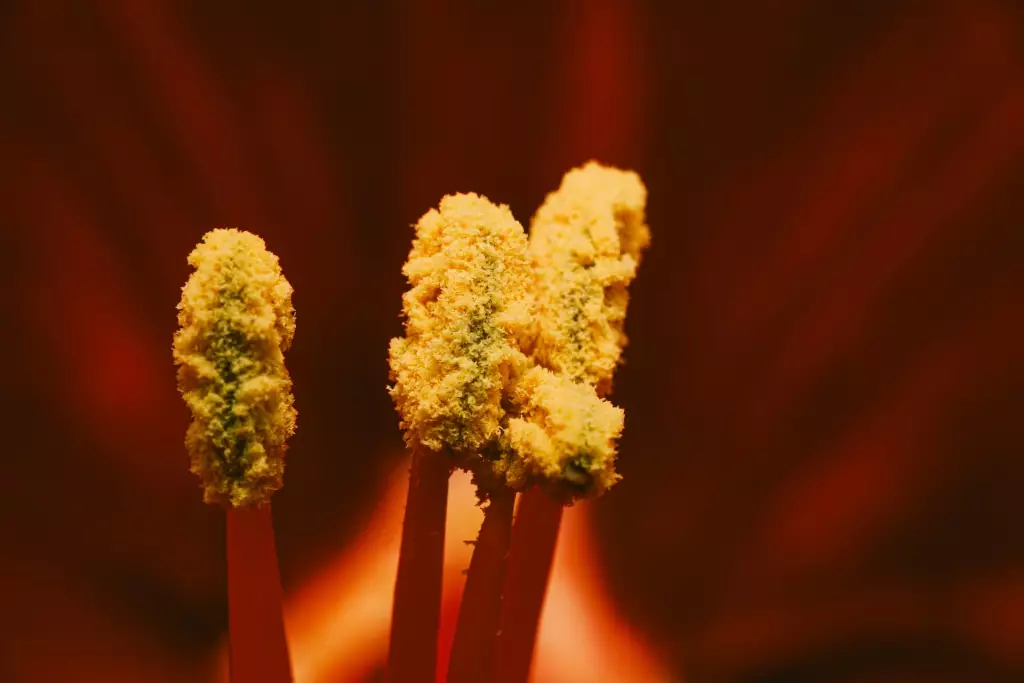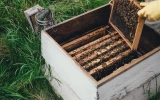How Much Do Beekeepers Make? - Detailed Breakdown
Beekeeping has a lot of opportunities to make money. Whether you work for someone else’s bee farm or you have your own beehives, your options to make a profit grow larger as you learn to love the craft. Want to know how much income you can earn with beekeeping? Here’s a detailed breakdown of how much beekeepers make.
Beekeepers employed on a farm have an average salary of $37,000. And beekeepers who are homesteaders make a net income of $10,650 for the first year if they sell 100 gallons of honey. For you to equal a $30,000 salary, you have to own 200 beehives or more.
As you learn and master the necessary skills to be a good beekeeper, you can be successful in this endeavor. Beekeeping is agricultural work, so expect the costs to be a little high. Preparation is key; a lot of buzzing opportunities are out there. If you want to make beekeeping a full-time career, you must have passion for it to make this a worthy investment.
Summary
- A beekeeper can make money in two ways: by being employed or by homesteading as a bee farmer.
- When you raise your own bees, you can make money by selling honey and other honey products like beeswax and by offering services such as pollination and bee removal, among others.
- A good head start for beekeeping is to work for a larger beekeeper, so you can gain all the knowledge and skills that you need when you decide to start getting your own beehives.

On this page:
Ways To Make Money From Beekeeping
There are two ways of making money as a beekeeper. The first option is finding employment as a beekeeper in large apiaries. The other one is becoming a bee farmer and obtaining colonies, raising bees, and harvesting honey and other bee products yourself.
Beekeeper Salary When Employed
Based on different sources, beekeepers employed in a bee farm have annual salaries of $16,500 to $58,000, with $37,250 as the average. Their pay per hour ranges from $8 to $30, depending on experience.
Bee farmers who have been employed for 4 or 5 years earn $40,000 and up. If you have more capabilities, you can get promoted to manager and earn anywhere from $65,000 to $95,000.
This data suggests that there are a lot of opportunities in beekeeping if you have the right skills, location, and knowledge. Some experienced beekeepers suggest that it’s good to start working for a larger beekeeper first if you want to pursue beekeeping as a means to make a living. If you want to make it your full-time job, you must have passion for it, not just interest.
| Position | Per Hour | Per Week | Per Month | Per Year |
|---|---|---|---|---|
| Starting Beekeeper | $8 | $320 | $1,380 | $16,560 |
| Experienced Beekeeper | $20 | $800 | $3,300 | $40,000 |
| Managerial Rank | $35 | $1,400 | $5,600 | $65,000 |
Selling Bee Products
Bees produce things that people can consume or use, such as honey, pollen, royal jelly, and beeswax, among others. All throughout their lives, bees make these substances, which you can harvest and sell for extra income.
Honey
Honey is the main product that bees produce. So it’s obvious that you can earn a few dollars by selling it. The volume of honey that one hive can give you will vary with location, weather conditions, the race of bees, and more.
The average you can get per year is 80 lbs of honey per hive, where one pound will be worth around $8. But for it to be worth that much, the honey must be of good quality, natural, organic, and unprocessed. It should be honey that bees gather from wildflowers.
So if you have two hives that can sell 160 lbs of honey, you will be able to make $1,280 in one year. You can buy as many additional hives as you can manage, but it is advised that you get 2–3 hives during your first year as a new beekeeper.
Honey products that you can offer may include comb honey, chunk honey, and extracted honey, to name a few.

Pollen
You can sell an ounce of pollen for $3. And since only a small amount of pollen can be harvested, it has a higher market value than honey.
Bees roam around and collect pollen from flowers. Bee pollen is the main source of protein for bees. It is also a healthy and natural food for people to eat in order to boost their immunity and improve their health. Beekeepers install a trap at the entrance of the hive to trap pollen that bees bring back to the hive.
Propolis
Due to its demand for medicinal use, propolis is more valuable than pollen. You can sell an ounce of propolis for $6.
Propolis is a sticky, resin-like substance that bees produce in order to seal gaps and disinfect the hive. Beekeepers also collect this by using a propolis trap. Just like pollen, it doesn’t come in large quantities, but it can also be used as a health supplement to boost the immune system of humans.
Royal Jelly
You can sell an ounce of royal jelly for $6. Harvesting royal jelly is difficult because so little is made. It’s also what queen bees consume their entire lives, so you have to make sure you only get a little amount.
Royal jelly is a milky substance that worker bees produce and use for feeding larvae and queen bees. It’s rich in carbs, protein, amino acids, fatty acids, B vitamins, and trace minerals.
| Product/Service | Per Ounce | Per Pound | Per Hive | Per Item | Per Service |
|---|---|---|---|---|---|
| Honey | $8–$10 | $80–$100 | |||
| Pollen | $3–$5 | ||||
| Propolis | $6–$8 | ||||
| Royal Jelly | $6–$8 | ||||
| Beeswax | $10 | ||||
| Beeswax Candles | $20 | ||||
| Pollination Services | $150 | ||||
| Swarm Removal | $150–$1,500 | ||||
| Packaged Bees | $75–$175 | ||||
| Nucleus Colonies | $200–$250 | ||||
| Established Beehives | $250–$350 |
Beeswax
You can sell a pound of beeswax for around $10 and beeswax candles for over $20. How much you profit from these products will also depend on your location.
Beeswax is a natural wax that bees produce and form into combs, where they store the colony’s honey. You can sell beeswax as is or turn it into value-added products like lip balms, and candles with different shapes, sizes, colors, and designs.
Pollination Services
Since you can easily move bee colonies from one place to another, pollination services have become a focus for some commercial beekeepers.
You can consider renting your bees out for pollination. Some beekeepers say that farmers will pay up to $150 for pollination services. You can also help with some pollination programs at a local farm.
Pollination is very important for agriculture, and bees are the heroes at doing this job. It helps your orchards and gardens yield better results from flowering plants, which means more food for wildlife and even humans.

Swarm Capture And Removal
Bee removal costs can range from $150 to $1,500 or more, depending on the difficulty of accessing the swarms.
Capturing swarms is an exciting way to obtain bees. You can also earn a little money if you offer bee removal services. Bees sometimes build up swarms in the roofs and walls of houses, so be sure to have the skills for removing and relocating these colonies.
Selling Bees
Beekeepers who have large apiaries make money by selling queen bees and nuc colonies. Selling, especially in preparation for spring, that is, starting in January and through the spring months up to June, is very profitable.
- Packaged bees: A package of bees with one queen and 3 pounds of bees sells for about $175.
- Nucleus colony, or nuc: A five-frame nuc sells for up to $250. A nuc is a half-size colony with bees in all stages of development, a laying queen, honey, and brood that are in existing honeycombs and ready to be installed into a new hive.
- Established beehives: These are an excellent way for new beekeepers to quickly get into beekeeping. These beehives sell for $250 to $350.
| Product | Sales per average yield | Expenses | Cost |
|---|---|---|---|
| Honey | $1,600 | Packaged Bees or Nucs | $250 |
| Pollen | $4,800 | Hive Tools | $45 |
| Propolis | $45 | Clothing and Protective Gear | $200 |
| Royal Jelly | $190 | Langstroth Hive | $200 |
| Beeswax | $20 | Miscellaneous | $75 |
| Beeswax Candles | $120 | Total | $770 |
| Pollination Services | $300 | ||
| Swarm Removal | $300 | ||
| Packaged Bees | $75 | ||
| Nucleus Colonies | $200 | ||
| Established Beehives | $250 | ||
| Total | $7,100 | ||
| Net Income | $7,130 |
The amounts shown in the table above are average rates per annual yield.


